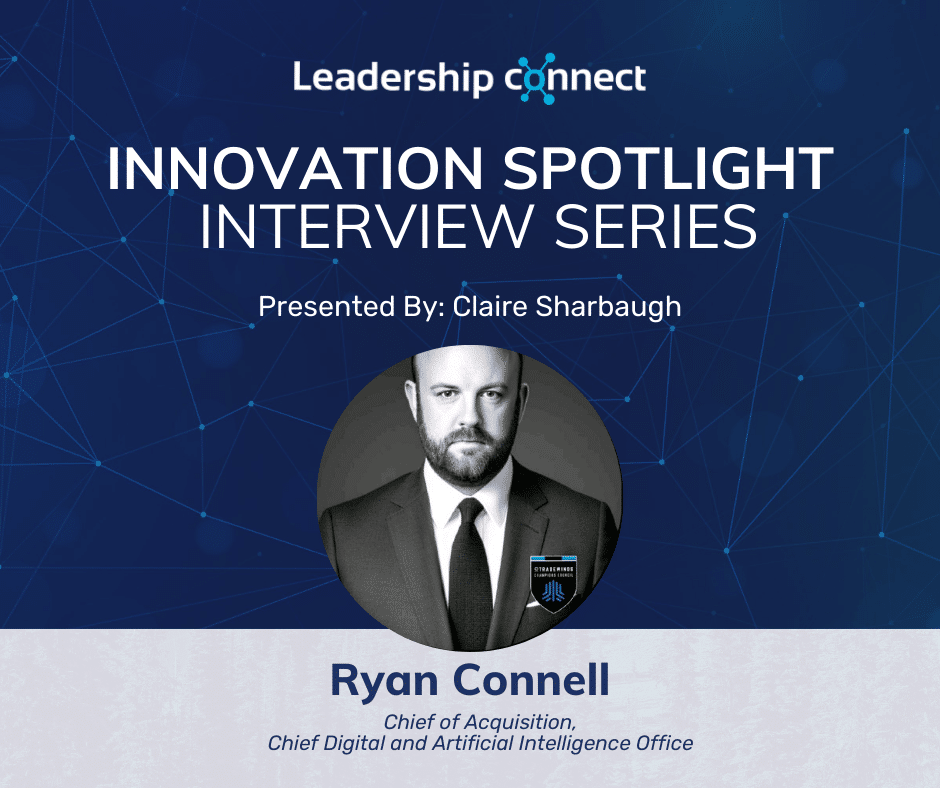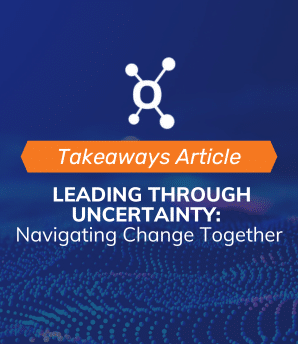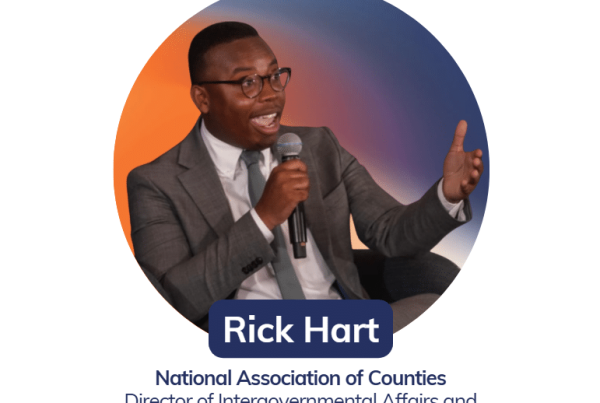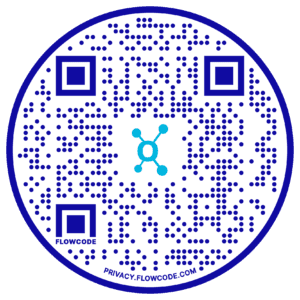I had the pleasure of interviewing Ryan Connell from the Chief Digital and Artificial Intelligence Office (CDAO). Our conversation was inspiring, as he shared insightful perspectives on driving innovation and embracing continuous improvement.
Takeaways:
- Adaptability and Networking are Key to Career Growth: Ryan’s career journey demonstrates the importance of adaptability and networking – both being a pivotal role in every transition, with connections often opening doors to new opportunities and challenges.
- Leadership Through Empathy and Experimentation: Success in the innovation space comes from fostering human connections, leading with humility, and embracing experimentation. By building trust and focusing on small, continuous trials, Ryan effectively navigated uncertainty, enabling significant growth and impactful programs.
- Innovation Requires Collaborative Problem-Solving: Ryan highlights the importance of leveraging cross-departmental resources and fostering collaboration to drive innovation. This approach underscores that achieving long-term solutions often involves incremental experimentation and learning from others’ experiences.

Can you tell me about your career path and how it has led you to where you are now?
My career path is unconventional. I went to school for finance, and graduated in 2008, which wasn’t the best time to find a job. Most of the opportunities I found were in financial planning and commission-based roles. I took the safe path and got a job at a healthcare company, it was easy, and spent the 8 months I was there looking for a new job. I finally stumbled upon a cost estimator role and jumped into that interview. During the interview, I learned the position was at the Hanscom Air Force Base. I did not grow up in a military family, so this was completely unfamiliar territory for me.
I got the job and immediately started supporting some larger Air Force platforms like AWACS and Joint Stars from a holistic cost-estimating standpoint; operationally, I reported to a USAF Major. This role involved a lot of learning and interviewing, which taught me how to communicate effectively with military, civilians, logisticians, budget executors, and engineers – a completely new skillset for me. I quickly learned how to translate technical insights into business decision-making data.
I started to do some work in a window-less environment. During this time, I met a gentleman in a leadership role who was not regularly part of the program office. As we discussed our work, we realized we held extremely similar positions only he called himself a “pricer”. I learned that he was on the contracting side while I was in finance. We began to learn and understand each of our job functions. He ended up offering me a job in “pricing” – I accepted and became an Air Force civilian in 2010.
The best part of that role was the dynamic nature of the work – I’d receive a proposal, evaluate it, assist with negotiations, and then move on to the next one. Over the course of a couple years, I supported hundreds of proposal negotiations, which allowed me to continuously learn and master the contracting space. During this time, I continued to build my connections through constant networking and communication. One day, the major I had worked with in my first job reached out. He was now a civilian at DCMA and told me about an opportunity he thought I should apply for. I did – and I got it.
When I started at DCMA, I was immediately immersed in a role focused solely on a major prime proposal analysis. This was my first real step into a leadership position. While I wasn’t a direct supervisor, I led a team of seven price/cost analysts. It was an opportunity to gain hands-on experience of how to lead day-to-day. My boss was instrumental in my growth there. He consistently placed me in decision-making situations that challenged me and helped me develop crucial leadership skills.
From there, I go back to the criticality of networking. I had heard a rumor that DCMA was launching a new capability focused on commercial technology, which excited me both personally and professionally. For six months, I exchanged emails back and forth offering any help I could to the founding team exploring this new capability. During this time, I was able to take on some small tasks to help them. As the capability grew, a position opened. I applied – and got the job.
In 2016, I fully stepped into a supervisory role. I had this amazing opportunity to build a team from scratch. I was able to go through the process of finding and building a collection of people, who will soon be referred to as a team. I was able to apply everything I’d learned at previous leadership roles and develop ‘Ryan’s Leadership Style’ – which changed along the way, with new experiences and perspectives. I did that for about eight years, and during that time I got promoted to deputy director, where I led a team of almost sixty people. This brought a whole new level of growth and responsibility, responsibility of others’ growth and learning.
The most recent career move was the hardest, but professionally needed. From an organizational perspective, it was a great jump to OSD. However, I lost that management function. Now I am a first-line supervisor with only one employee, which is a big change. The work is more related to an individual contributor role, but I’ve been able to leverage the skills I’ve gained throughout my career to make a successful transition.
What aspects of the department’s push towards innovation are you most passionate about?
In my current role, one of my greatest passions is organizing data sets and integrating AI and machine learning wherever possible. I love the problem-solving aspect – whether it’s tackling hundreds of proposals or figuring out the best way to optimize our resources using the tools available. We don’t have all those tools yet today. So, it’s really all about pulsing your network and seeing what other departments use and seeing if they can help, or if I can help scale their solution. It’s been a mix of knowing who has the right tools and collaborating to get the job done, not just relying on our own resources.
What do you believe sets the innovation space apart as a unique work environment, and how do you navigate its challenges in your everyday work?
For me, it’s all about working in an environment that embraces constant experimentation. Right now, everything I do is essentially an experiment, and leadership is open to that approach. My career experience is that leadership has a hard time saying “no” to things when you say, “I just want to experiment”. Instead of proposing sweeping changes, new policies, or significant expenditures, I can frame it as ‘just wanting to try something.’
Innovation is about continuous small experimentation – trying one approach, learning it does or doesn’t work, and moving on to the next until the right solution emerges. I’ve become comfortable saying that I don’t have a clear recommendation or path forward yet, because I want to explore these options fully before committing to a direction.
Would you say there is something that is challenging about always being in a constant experimental environment? Or is that just something that keeps driving you forward?
Simon Sinek once shared a story about finishing a road race where free bagels were offered at the end. He suggested to his friend “let’s go get a free bagel,” but the friend responded saying “oh my God look at how big that line is.” Sinek used this to highlight the two types of people in this world: those who focus on the opportunity (the bagel) and those who can only see the obstacle in front of them (the line). Another analogy he uses is talking about skiing down a black diamond – you must focus on the white space (the path), because if you start to look around at the trees, chances are you will run into a tree.
These analogies capture the essence of navigating uncertainty and change. You know obstacles are inevitable, and the key is to approach challenges with a mindset that accepts these shifts and keeps aiming for the future. What you thought was going to get you to a yes one day one is most likely not the way you’re going to get there. It is a constant understanding that you’re pushing toward the future state, even though the resistance and pivoting your face.
Describe a challenging or rewarding project that significantly influenced your growth as a professional. How did you handle the challenge, and what did you learn from the experience?
In my last role, I felt like we were short staffed, and I wanted to increase our billets, but budget constraints made that impossible. So, I was trying to solve that problem but had to pivot. At the same time, I started seeing other innovation organizations like AFWERX and DIU offering rotation programs, where DoD personnel could join temporarily to learn and collaborate. Why couldn’t we do the same?
Initially, I proposed a 1:1 swap, but the idea of losing team members was a hard stop. So, I pivoted again, navigating through hesitation, until we finally reached a yes; an experiment to do an open call for DoD employees who were interested in rotating to support our mission. In the first year, four people applied, and we selected one, and it was a great success. An Air Force colleague joined us for six months, gaining insights into our work and sharing his own. By the second year, we selected four people, expanding the program even more.
I am proud of establishing this program that is in the middle of its second year. There is so much value in having DoD personnel rotate, learn from one another, and bring new perspectives back to their teams.
What has made you successful in your role and what advice would you give to individuals who aspire to work in the innovation space?
It all comes down to humility. Be a human, have real conversations, get to know your coworkers, and always lead with empathy. I believe this approach has been key in building the strong relationships I have. When issues arise, people know me, trust me, and can come to me. Every job I have got is thanks to the strong network around me; someone on the other side has always been rooting for me.
For instance, when I set up the rotational program, I wasn’t approaching these people for the first time. I knew these people, and they knew me, and trusted me with this task. By the time we had to act, all the groundwork was in place, making it easier for others to support me. These connections enabled me to make a real impact.
When I first started my job here at CDAO, I just emailed 10-15 people and asked them to get 30 minutes on their calendar to learn about what they do and who they are. No one asked me to do that but it’s the kind of initiative that builds a network. Taking the lead to connect with people has been incredibly valuable, throughout my entire career.
Word Association, what is the first word that comes to mind for each of these?
- Emerging Tech – Artificial Intelligence
- Small Businesses – Diverse industrial base
- Artificial Intelligence – Our Future
- Policy – Soft-Boundary






